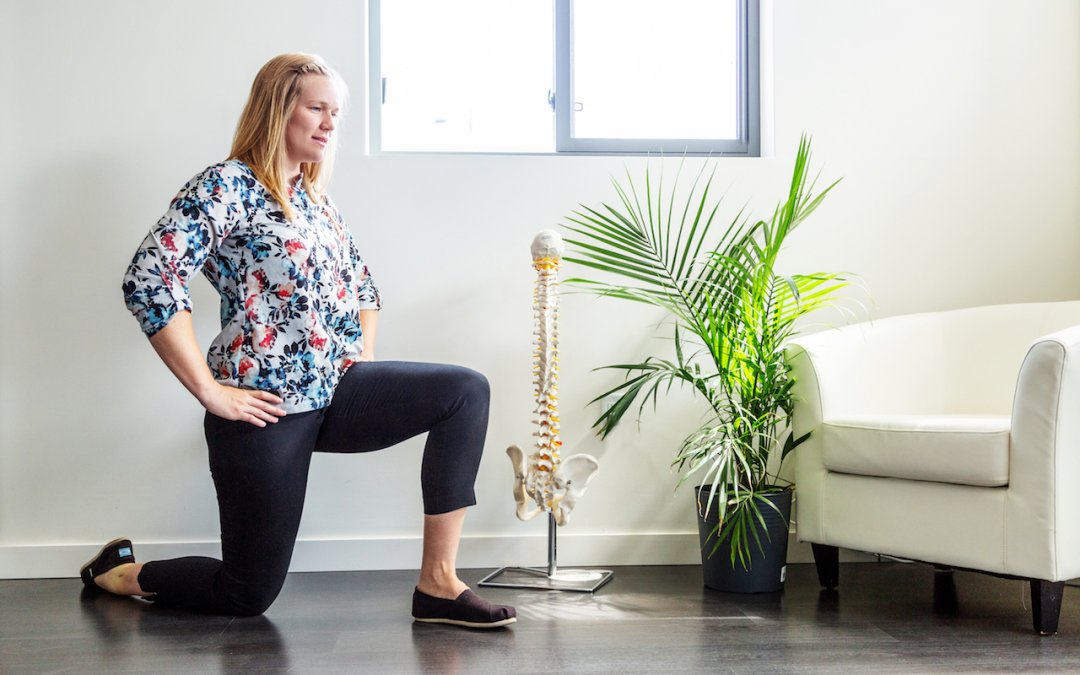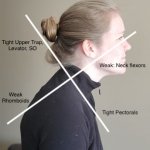Hip flexors are a group of muscles that lift the knee to bring the thigh closer to the abdomen – or “hip flexion”. These muscles are shortened during seated positions, so you can imagine that those individuals who work at a desk all day will be chronically shortening this group of muscles. These muscles are not only shortened during prolonged sitting, but also in athletes whose sports put them in a hip flexed position – such as hockey players and cyclists. The shortening of the hip flexors can ultimately lead to low back pain, since the main hip flexor muscle originates at the low back (lumbar spine).

Chiropractic adjustment for the hip joint (femoroacetabular joint)
First, let’s talk about the muscles that are a part of this group. This includes primarily the iliopsoas (which is actually two muscles: psoas and iliacus) and then secondarily the rectus femoris (part of the quadriceps), sartorius, and some contribution from the adductor group. The iliopsoas is the most important and here is why:
Iliacus – originates at the iliac fossa (inside pelvis) and inserts into the femur (thigh bone) with the psoas.
Psoas – originates at the anterior (front) surface of the lumbar spine and inserts into the femurs with the iliacus.
Since the psoas is a part of the main hip flexor (iliopsoa
s), and it attaches at the low back – this is why chronic hip flexion can lead to chronic low back pain!

Stretching the Hip Flexors:
Starting in a lunge position (back knee on the floor, front foot on the floor) and moving weight forward over the front toe. Should feel the stretch in front of the back leg. For more targeted stretch – perform a posterior pelvic tilt (tail tuck) prior to leaning weight forward. Check out this video for step-by-step instruction on how to stretch the hip flexors.






